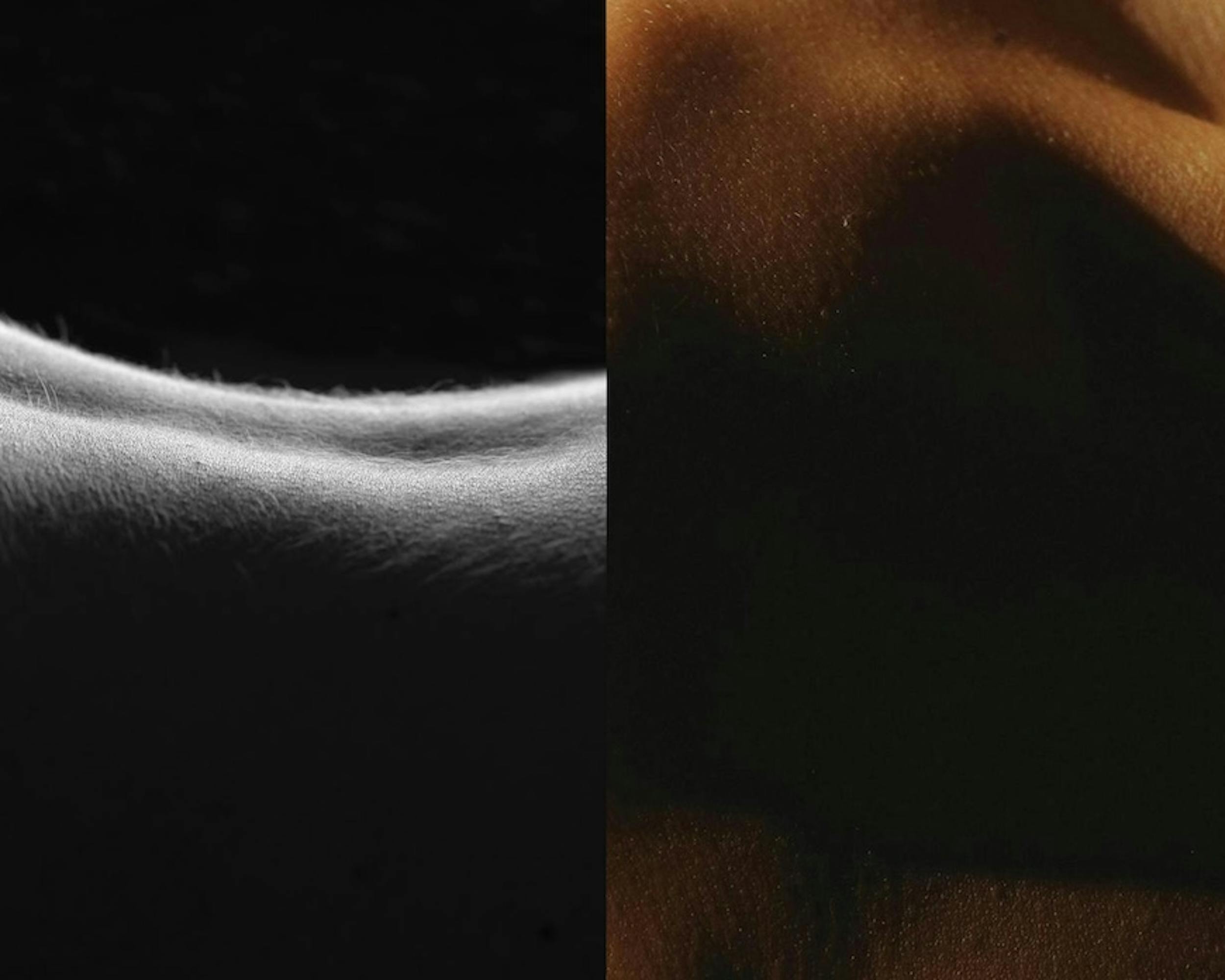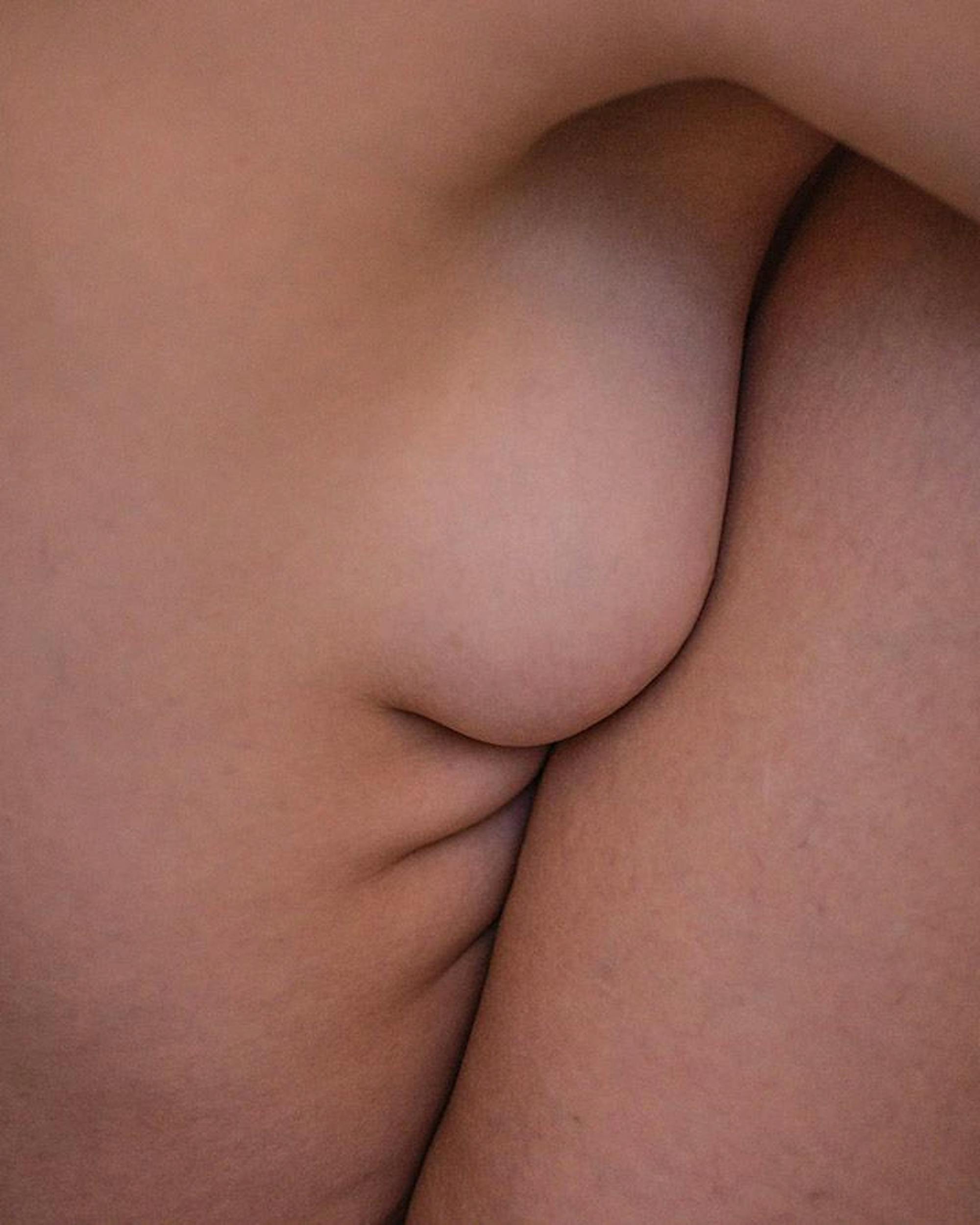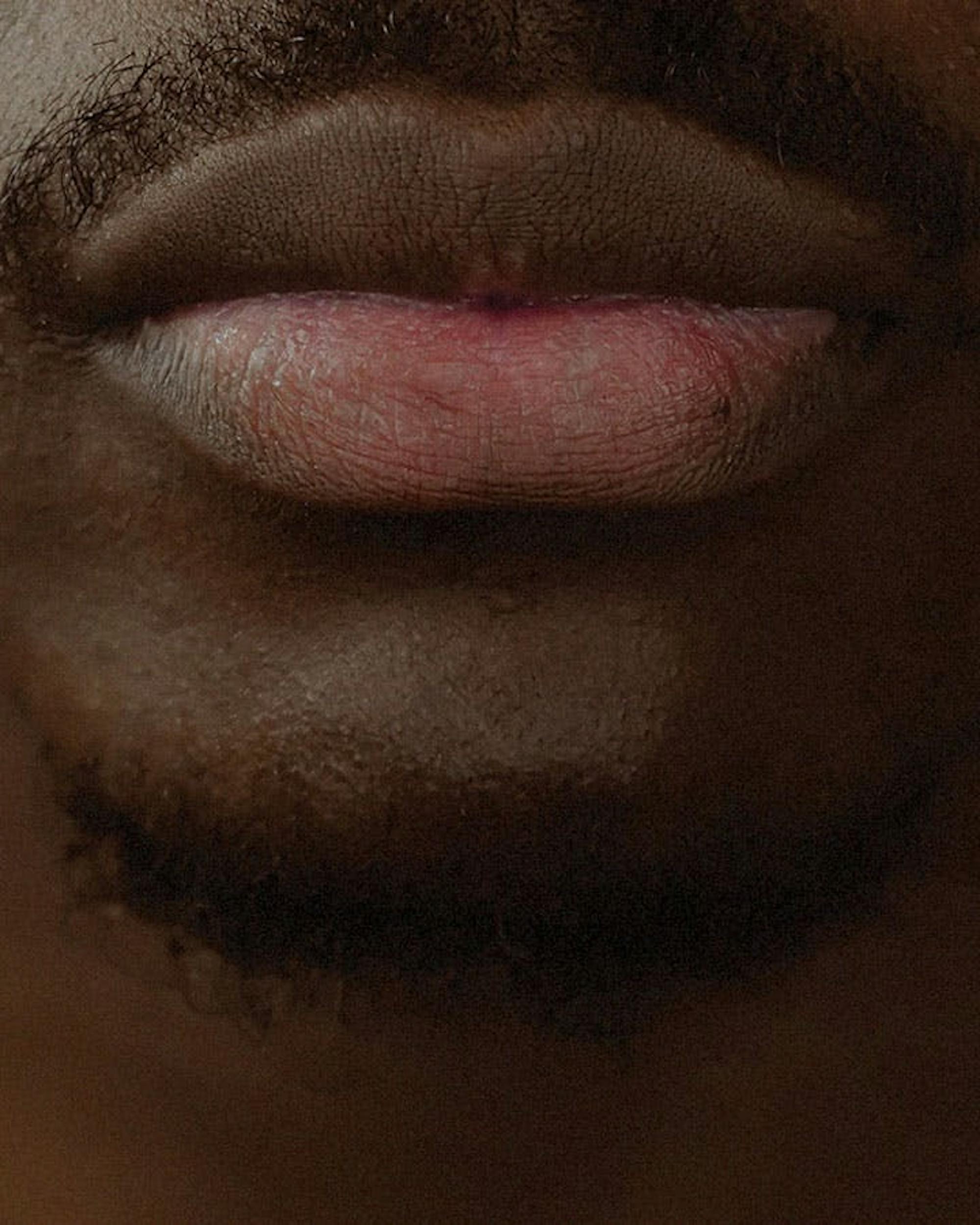0 minute read
Pleasure Mapping: A Guide to Learning What You Like
Sex Therapist and Youtimer Aleksandra Trkulja takes the scary out of the sex conversation and talks us through learning what feels good for you.
SO, WHAT DO YOU LIKE?
Do you know the answer? Have you felt caught out by the question during sex?
According to many of my sex therapy clients, the panic associated with this question is due to:
+ Being unable to communicate their needs,
+ Know what their needs are in the first place.
I am here to empower you with the sex-education you need to better understand how your sexual pleasure system works, how to foster sexual arousal, and two exercises to try to explore what you like.

FIRST, LET´S UNDERSTAND THE SEXUAL PLEASURE SYSTEM
According to Emily Nagoski, author of ‘Come As You Are’, sexual pleasure is comprised of three components.
These include, enjoying, expecting, and eagerness. These functions dictate how we process sexual, stressful, and emotional contexts.
The enjoying system is similar to how we understand rewards. It’s the “hell yes!” or “hell no!” mechanism in the brain.
The enjoyment system manages your experience of sexual sensations.
The expecting system is the process of linking what’s happening now, with what should come next.
The eagerness system fuels our desire to move toward something or away from things. When eagerness is activated within a sexual context, we seek sexual stimulation.
HERE IS AN EXERCISE TO TRY
Grab a notepad and pen. Give yourself 10 minutes (or more) to reflect on a recent sexual interaction and answer the following.
ENJOYING QUESTIONS:
+ What felt good during sex? How good?
+ What felt bad during sex? How bad?
Note: By reflecting on this, we now have a basic structure of your preference. You’re allowed to feel neutral toward things too!
EXPECTING QUESTIONS:
+ If I’m kissing (etc.) with someone, what am I expecting will happen next?
+ Am I clear on what to expect from my sexual partner during sex?
+ If not, can I clarify with them? Am I expecting a negative reaction?
Note: If you notice this section is filled with anxious thoughts, it’s an indication communication needs to be more explicit, and happen ahead of a sexual interaction.
EAGERNESS QUESTIONS:
+ What makes me want to move toward/away this person/position/behaviour?
+ Do I feel eagerness to seek safety? (This is an indication we’re under stress.)
Note: Eagerness cues will help us identify what fosters our desire to move toward.
Remember, these three functions work together. For example, if you are expecting performance anxiety during sex, you’ll be less eager to put yourself in that situation, and enjoy it less.

SEXUAL AROUSAL
The enjoying system is responsible for managing your experience of sexual sensation. A key component of sexual arousal is the quality of sexual stimulation, or how much you’re enjoying whatever’s happening.
Emily Nagoski defines sexual arousal as the mental and physical excitement felt toward the idea of sex. Sexual arousal is also impacted by how well stressors have been managed, and the person’s capacity to relax into sexual pleasure.
Not enjoying the sexual stimulation you’re experiencing can act as a stressor, making it difficult to relax into sexual pleasure.
EROGENOUS ZONES
Touch is the most effective sense to engage for sexual arousal. Erogenous zones are areas of the body that you experience pleasurable sensation through touch.
Primary erogenous zones are areas that contain a dense concentration of nerve endings, and are often more sensitive to touch compared to other body parts. This includes ares of the genitals, anus, perineum, nipples, neck, armpits, mouth, nostrils, navel, ears, and inner thighs.
‘Secondary’ erogenous zones are areas of the body that have become erotically sensitive through learning and experience. This can be pretty much any other part of the body that isn’t a primary erogenous zone. If your partner strokes you gently across your upper back, and tenderly kisses you there during every sexual interaction, this could form into a secondary erogenous zone.
So far we’ve explored the sexual pleasure system, sexual arousal, and erogenous zones. Now let’s put it all together with an exercise I often assign clients called Pleasure Mapping.

THE PLEASURE MAPPING EXERCISE
Pleasure Mapping is a self-pleasure exercise to explore sexual needs, and allow you to communicate them with partners.
HERES A STEP BY STEP GUIDE:
+ Prepare. Set aside uninterrupted time (roughly 30 minutes).
+ Collect resources. Include a mirror, a notebook and pen, any sex toys or objects you’d like to stimulate yourself with. This might include lubricants, lingerie, soft fabrics, sheets, moisturiser, essential oils etc.
+ Build a sexual context. Seduce yourself the way you might a sexual partner. You can do this by establishing sexy contexts like; taking a bath, moisturising your body, listening to music, eating something special.
+ Genital mapping. Use your mirror to explore your anatomy, and label each structure, and non-judgmentally describe it out aloud.
+ Take notes! Note what feels good, and what doesn’t. You may also note any body image, or sexual function concerns.
+ Identify your primary erogenous zones. Explore your erogenous zones using your resources.
+ Pleasure map. Use a variety of pace, pressure, and rhythm on erogenous zones. Ask yourself the ‘enjoying questions’ listed above. Repeat this process for other areas of your body.
+ If you feel comfortable, practice pleasure mapping with a partner to explore how your experience differs.
You’ll notice that orgasm, lubrication, or ejaculation are not a priority in this exercise. And that is deliberate. Slowing down your pleasure with your self or others will allow the space away from goal-oriented sex, and toward maximising pleasure.
Aleksandra Trkulja
Certified Sex Therapist & Clinical Counsellor
Share